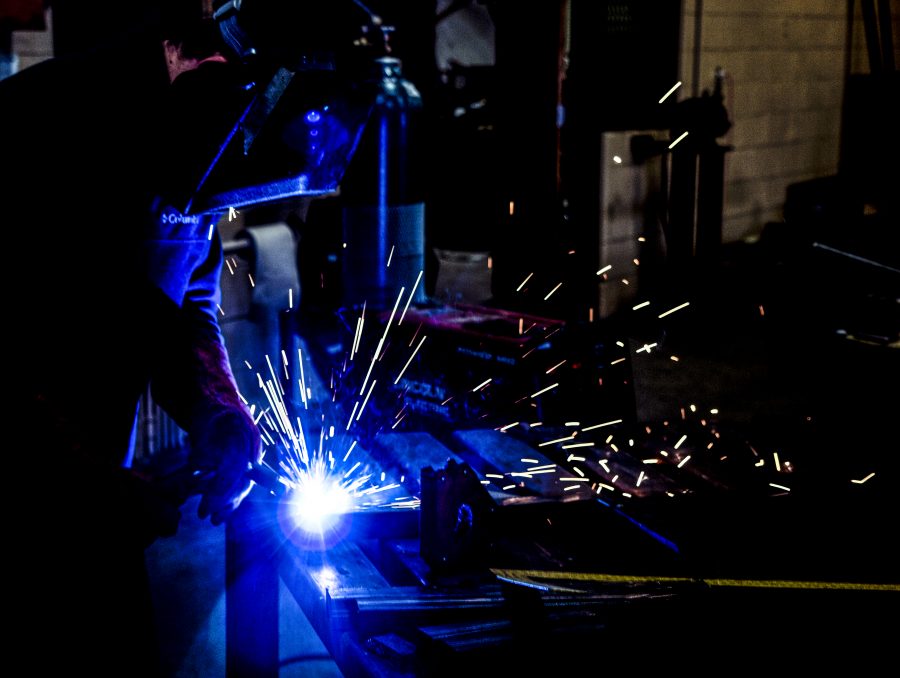Every high schooler in America has heard the most heart-aching question: “What are your plans after high school?”
In middle school, I could get by with saying doctor or engineer. When I got into high school, I felt that the classic answer just never cut it. Now I spend my time wondering what my life plans are.
There are many options after high school. Many choose either work or education. Both have benefits and draw backs.
If I choose work, I have to accept that my pay will be lower than the person next to me, simply because they went to college and I didn’t. On the other hand, I get to skip out on more than $25,000 in student debt, and I gain work experience as well as lifelong contacts. This will push me forward in certain careers because I will have two to four years more experience than my colleagues.
If I choose education, I will be left with the decision of trade school/community college (two years) or university (four years).
Trade school is perfect because high school students get the best of both worlds. They not only get experience as well as freedom from student debt by entering the workforce early, but they also get an education, which will place them higher on the income scale. If I attend a four-year college and receive a bachelor’s degree, I will earn just under $50,000, whereas a high school diploma will only earn you $24,000 on average.
About 20 percent of high school students go to trade school because they see many available job opportunities. Pipeline welders, automobile mechanics and software developers all come from trade schools.
Welding is a great career choice with the median income for pipeline welding at more than $70,000 a year with as little as nine months of schooling, the majority of which can be completed in high school.
Another great career option is an elevator technician. They make more than $75,000 a year. Education, however, is limited and the main option is an apprenticeship program.
Blue collar labor isn’t for everyone, and books do look attractive. So university is an option for me. I can’t become a doctor, a lawyer or a veterinarian without going through college.
Those choosing this path would be rewarded for their time and money spent into the university system with strong annual incomes ranging from $80,000 to upwards of $500,000.
With this luxurious income, however, comes the burden of student debt.
Student debt is a growing problem in America, as over 1.5 trillion dollars has yet to be paid off as of 2018, with the average debt coming in at just under $40,000.
It gets worse if I pick a major like art history, fashion design or liberal arts because they are majors that don’t take me directly to a strong starting income to pay off these debts. Majors are important, but what am I going to pick?
According to the Education Department’s National Center for Education Statistics, 33 percent of students getting a bachelor’s degree will change majors; in fact, math majors are the most likely to change.
Nobody truly knows what they want to major in when they are a freshman in college. Many don’t decide their major until later in college, when they see what they have the credits for.
In high school, we can ease this pain by taking Columbia Area Career Center (CACC) classes in everything from welding to biomedical sciences. We should check out those CACC classes next year, to help us answer the age-old question, What are your plans after high school? Leave a comment below.














































































